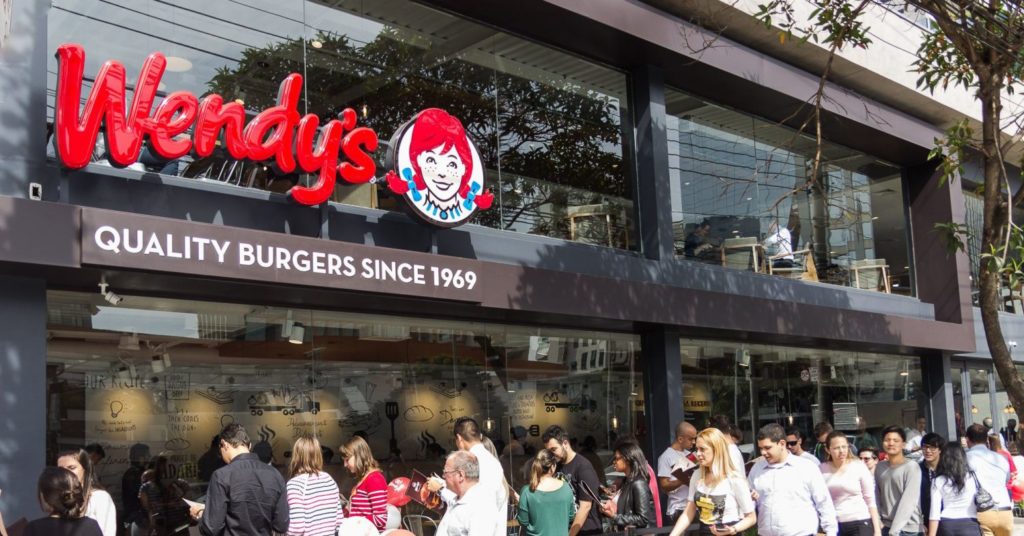That Brazil offers many opportunities for global companies, everyone knows.
That Brazil’s economy has returned to the path of growth and by 2020 will sail in safe waters guaranteed by the structural reforms begun in 2019, economists have already signaled.
So why has Wendy’s, with its more than 6,700 restaurants and revenues of $10 billion, closed its doors in Brazil at the end of 2019?

Yes, Wendy’s four units located in the best spots in Sao Paulo – which included a 7500 ft2 restaurant in the city’s most elegant area, started this year 2020 with the doors closed. The chain that opened its stores in 2016 officially left Brazil less than four years later.
It was reasonable to predict that in Brazil – which sends more than two million tourists each year to the United States (in Orlando alone, Wendy’s has 20 units) – the brand would have a good recall among the public of the most promising city of Brazil.
Brazilian consumers are similar to American consumers in many aspects. But these similarities are more of a trap than an opportunity for American companies. American executives who bet all their chips on similarities – and downplay differences – often change jobs later.
Brazilian consumers differ in many ways from American consumers.
In the globalized economy, it is easily assumed that where social media exists there are globalized consumers. This is a superficial and convenient truth. However, in practice, the preferences of Brazilian consumers differ significantly from the rest of the world.
It is not too much to remember that Walmart did not perform well in Brazil precisely because it neglected the behavior of the Brazilian consumer.
It is necessary to understand the minds of Brazilians to win their hearts. Brazilians are optimistic and humorous, but they make choices.
Before opening an operation in Brazil, it is necessary to study Brazilian consumers and understand their consumption behavior in that category of products or services. You may need to make adjustments to the packaging, taste, and especially calibrate the price. The upper-middle-class Brazilian is demanding and has the aspirations and needs of the elite, but has the middle-class pocket.
In Brazil, Wendy’s has bet on more sophisticated restaurants than fast-food chains, like fine-dining restaurants, with glassware, dinnerware, and quality napkins: which in the eyes of Brazilian consumers has created the unspoken promise of a handcrafted burger-house. But in Brazil, a handcrafted burger-house often serves handmade hamburgers with blends of fresh noble meats, secret seasonings, in-house-made sauces, and special fries, all of the highest quality. The mistake was that the Brazilian consumer that visited Wendy´s ended up frustrated even by consuming a better hamburger than McDonald’s and Burger King because it was NOT a handmade hamburger.
Success in the American market definitely does not guarantee success in Brazil. Unfortunately, Wendy’s found out the hard way.

Any organization not investing resources to better understand, and leverage, customers’ emotional and functional needs, or neglects operational effectiveness, has poor marketing, poor product and service performance – or all of the above – runs the same risk as Wendy’s in Brazil. Target had a similar fate in Canada, and for similar reasons: http://customerthink.com/way-off-target-a-5-billion-failure-in-canada-and-problems-in-america/
Excelente análise de erros recorrentes das empresas multinacionais no Brasil.